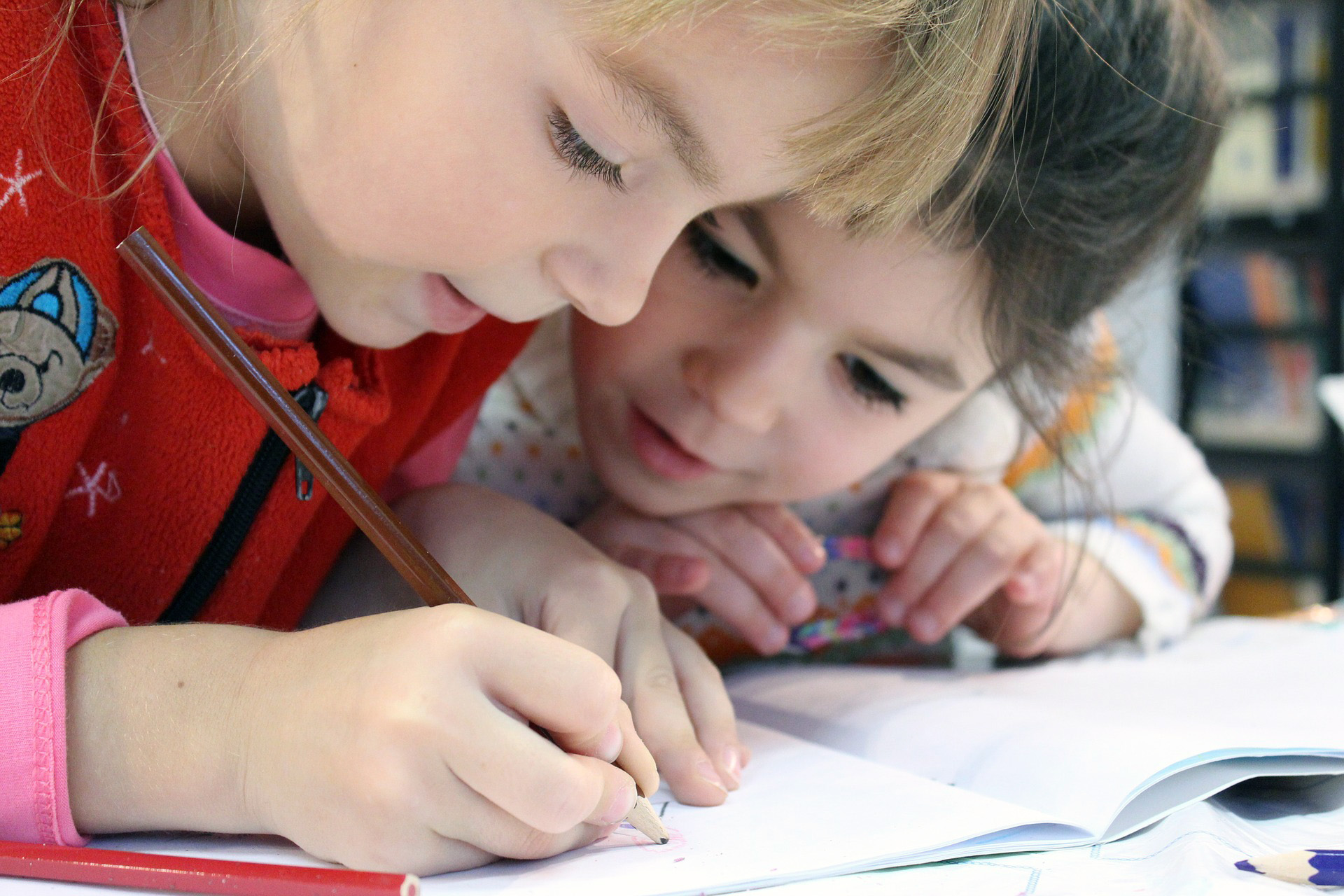Some Interesting Notes from the Pisa Results
Now the dust has settled on The OECD’s massive Pisa report, it is worth looking at some of the interesting issues that you may have missed. The report – released last week – looked at 15-year olds’ academic performance in Maths, Science and Reading worldwide. It is repeated every three years, having started in 2000, and the results released this week were from tests taken in 2015.
While not perfect (for a start, it doesn’t measure arts subjects), it is widely regarded in a positive way by most in the education community. There have been a number of interesting pieces of analysis over the last few days. For example:
Sam Freedman from Teach First highlighted his initial points of interest, focusing on what can and cannot be learned from the data provided.
The New York Times published a piece that studies how the team behind Pisa predict how countries will fare in the data.
Leora Cruddas of ASCL argued in TES that the biggest lesson from the data was the importance of teacher retention and recruitment.
Schools Week produced an ‘11 things we learned’ article, focusing on England’s stagnation within the rankings.
ABC Australia did an in-depth look at Singapore’s success, and how much of it is fuelled by private tuition.
The Guardian argued that the fairly strong performance of the UK validated Tony Blair’s education policies.
The Economist compared the scores of different countries, and the balance between culture and policy in creating the conditions that led to them.
With such a large report – nearly 1000 pages across multiple documents – there’s always a risk of cherry picking data and arguments to support a particular view. That said, it raised some interesting positive points for those that are working to promote knowledge, assessment, behaviour and cultural enrichment.
- (P.17) There is a clear correlation between those who said that the teacher instructed them directly about scientific principles in class, or demonstrated the principles in front of them, and those who were the highest achievers in the test. This suggests that these methods, rather than encouraging scientific inquiry through letting students discover scientific principles themselves, are more likely to produce results.
- (P.43) Students who did higher amounts of their studying outside of the classroom rather than inside it (i.e. through homework) were less likely to succeed than those who did less outside the classroom. This suggests that homework, whilst having its place in our education system, cannot replace the value of a teacher imparting knowledge within a classroom.
- (P.59) Perhaps unsurprisingly, students who attend extra-curricular activities related to science are more likely to believe in the value of scientific inquiry and consider the possibility of entering a STEM career path in the future; further on in the document (P.218), it suggests that those with scientific extra-curriculars available to them will score higher in the subject. Whilst seemingly obvious, this conclusion does reinforce the value that targeted extra-curricular activities can have on a pupil’s school life and beyond.
- (P.129) On assessment, the document argues that tests can have powerful incentives for children to learn. Further on (P.229), they argue that using multiple types of assessment is the best way to ensure that children retain what is taught to them. This includes both written and oral assessment, helping children express their thoughts and ideas in different ways.
- (P.230) The final of these is the report’s view on autonomy within schools: namely, that schools do better when principals have control over resources, the curriculum and school policies. The ability for principals to set their own curriculum allows them to ensure that pupils are taught what the principal supports, and overall autonomy give them the flexibility to change what is needed, when it is needed, without added interference.
